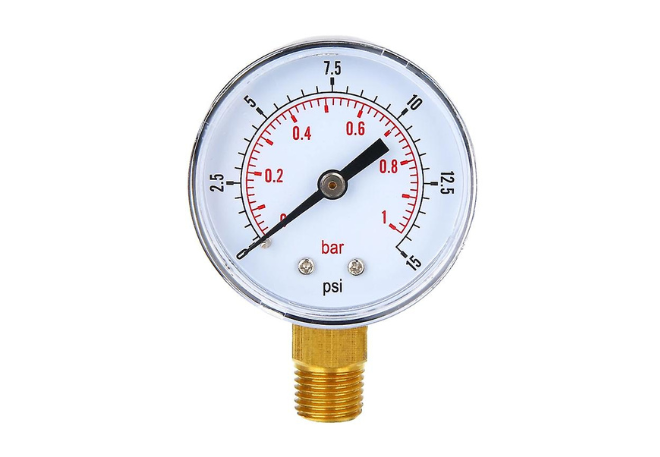A Comprehensive Look at Pressure Gauge Technology
Pressure gauges are essential tools in various industries, ensuring safe operations and precise measurements in systems under pressure. The principles that drive these devices might be centuries old, but the advancements in technology have paved the way for a more diversified and sophisticated range of gauges. Here, we'll dive deep into the world of pressure gauge technology, its historical context, modern innovations, and the factors influencing its evolution.
Understanding the Basics: What is a Pressure Gauge?
Pressure gauges are instruments designed to measure the pressure of a fluid (liquid or gas) inside a container. Depending on the specific application, pressure is typically measured in terms of atmospheric pressure, with the common units being pounds per square inch (PSI), Pascal (Pa), or bar.
A Brief Glimpse into History
Bourdon Tube: The Grandfather of Modern Gauges
Eugene Bourdon, in 1849, revolutionized the pressure gauge world by inventing the Bourdon tube. This C-shaped or spiral tube would straighten out as the pressure increased, a movement that could be converted into a rotational movement to move a needle on a dial. This remains one of the most common types of gauges used today.
Modern Innovations: Beyond the Bourdon
As industries evolved, so did the requirements for more intricate and specialized pressure gauges.
Digital Pressure Gauges
In our age of digitization, traditional analog gauges have been complemented with digital counterparts. These devices offer increased accuracy, resistance to vibration, and the ability to interface with computers for logging and analytics.
Differential Pressure Gauges
These gauges measure the difference between two pressures. They're essential in filtration systems, flow rate monitoring, and applications where understanding pressure differential is key.
Vibrating Elements
Gauges like the resonant silicon gauge use the vibrating elements' properties to measure pressure. Changes in pressure alter the frequency of vibration, which is then translated into a pressure reading.
Optical Pressure Gauges
Using principles of light reflection and refraction, these gauges can provide precise pressure measurements, especially at extremely low pressures.
Factors Influencing Pressure Gauge Technology
Several factors have driven the evolution and diversity of pressure gauge technology.
Need for Precision
As industries like aerospace and biotechnology advanced, there was a heightened demand for precise pressure measurements. Even minute inaccuracies could lead to catastrophic outcomes or flawed research results.
Operational Environments
The working conditions greatly influence the choice of gauge. Harsh environments with extreme temperatures or corrosive materials demand robust gauges made of specific materials, like stainless steel or Teflon, and may even require specialized coatings for protection.
Safety Concerns
Overpressure can lead to equipment failures or explosions. Therefore, many modern gauges come with built-in safety features, such as blow-out backs, which ensure that in the event of internal failure, the gauge releases pressure away from the operator.
Trends in Miniaturization
The push towards smaller, more compact devices hasn't left the pressure gauge industry untouched. Today's gauges are leaner and often more efficient than their predecessors.
Digital Integration
With the Industry 4.0 revolution and the integration of IoT in many operations, pressure gauges now often come with capabilities to connect to networks, relay information in real-time, and be a part of larger monitoring and control systems.
Future Directions: What's Next for Pressure Gauges?
The horizon is bright for pressure gauge technology. With the rise of nanotechnology and more sophisticated digital integration, we can expect even more precise, resilient, and intelligent gauges.
Smart Gauges
Beyond just measuring pressure, future gauges might analyze data in real-time, predict system failures, or self-calibrate to ensure they're always providing accurate readings.
Sustainability Focus
As industries across the board focus on sustainability, pressure gauges will likely evolve to be more energy-efficient, have longer lifespans, and be constructed from environmentally-friendly materials.
Wider Integration
The interconnectedness of industrial systems will demand pressure gauges to be compatible with various communication protocols, have better cybersecurity measures, and integrate seamlessly into broader control systems.
Wrapping Up
From the rudimentary devices of the past to the sophisticated tools of today, pressure gauge technology has undergone tremendous transformation. As industries continue to grow and evolve, so will the instruments that support them. One thing is certain: pressure gauges will remain at the forefront of safe and efficient operations for years to come.



Comments
Post a Comment